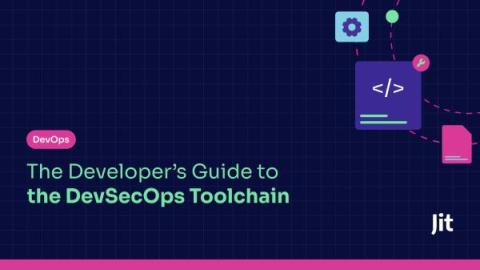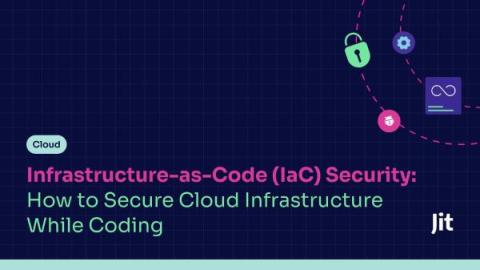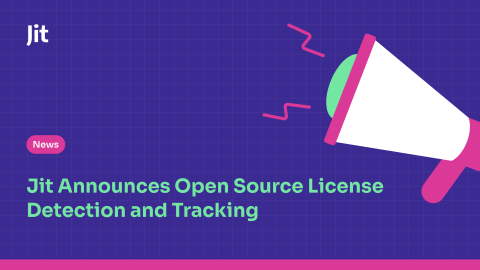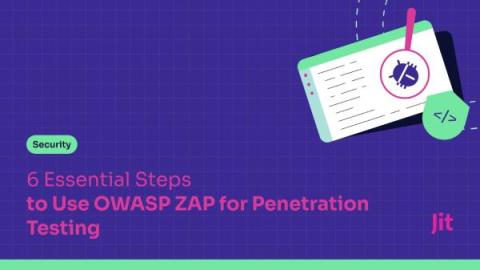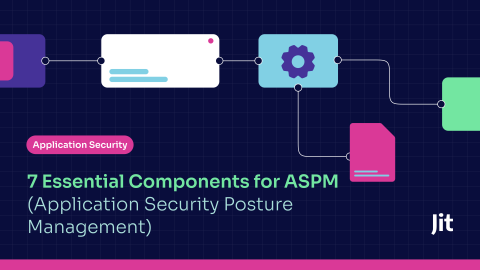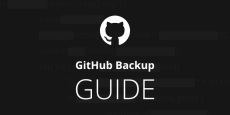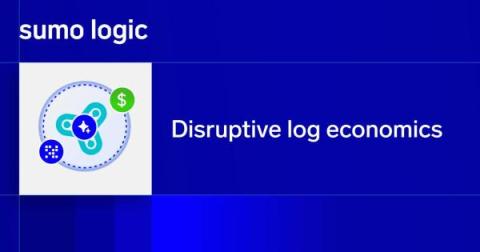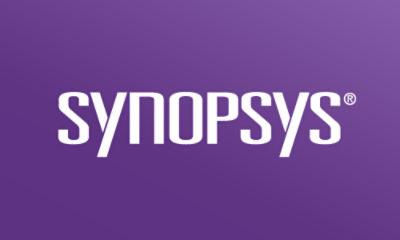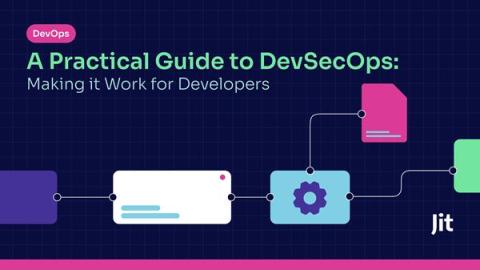The Developer's Guide to DevSecOps Tools and Processes
How many security tools do you use daily? If you’re like 35% of developers, it’s probably too many for your liking. Building a DevSecOps toolchain is key to making DevSecOps a success and reaping all of its benefits. However, knowing where to start with so many different tools and processes can be overwhelming. This article will explain the key DevSecOps tools and processes, while providing a guidance for building a software security program that works for you.


